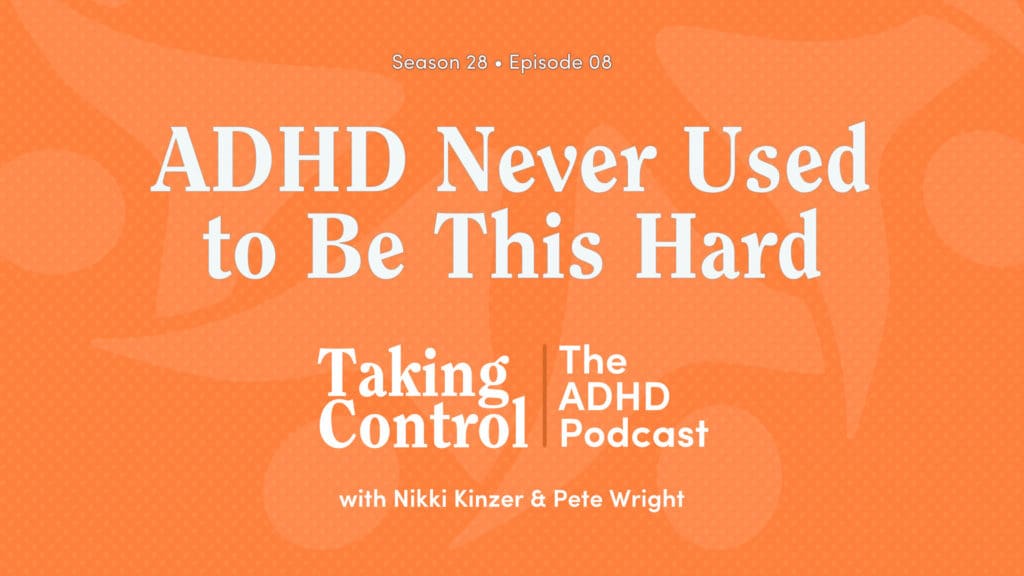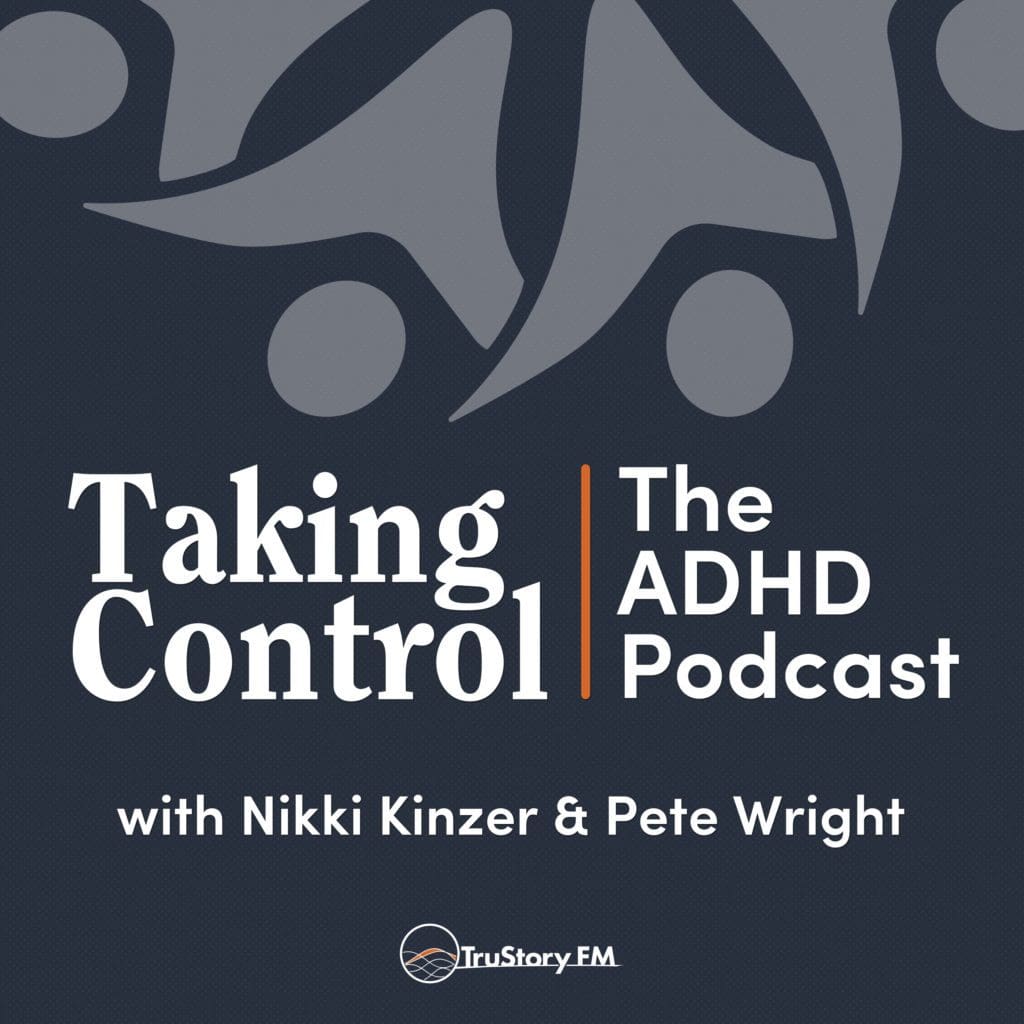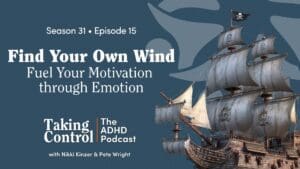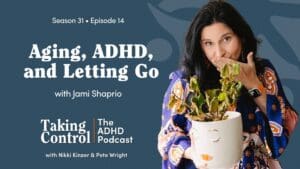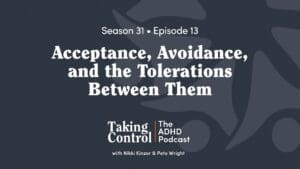Do you remember when you were young and carefree, coasting through school assignments at the last minute? Or social engagements flowing effortlessly from one to the next? As an adult with ADHD, those days may feel like a distant memory. Suddenly, responsibilities pile up, work seems endless, and relationships require much more attention. What changed?
In this episode, we explore why ADHD symptoms often worsen from childhood to adulthood. Turns out, the structured school environment and malleable young brain provided a protective cocoon. Youthful resilience and novelty-seeking behaviors also naturally complemented ADHD traits.
But adult life removes those scaffolds. We’re faced with open-ended choices, little external accountability, and increasingly rigid thinking patterns. Stress compounds the challenges. Without school forcing new learning, our minds stagnate. Mental elasticity gives way to knee-jerk reactions. Dopamine-seeking behaviors like substance abuse or gambling frequently emerge. It’s no wonder ADHD feels debilitating.
The good news? We can recreate youthful advantages through scheduling routines, mindfulness practices, brain training, and lifestyle changes. Structure liberates the ADHD mind from decision fatigue. Meditation and new hobbies boost dopamine. And cognitive exercises build mental agility. By bringing back elements of childhood, we can recapture some of its ease. The path requires diligence and self-compassion. But reclaiming our younger resilience is within reach.







